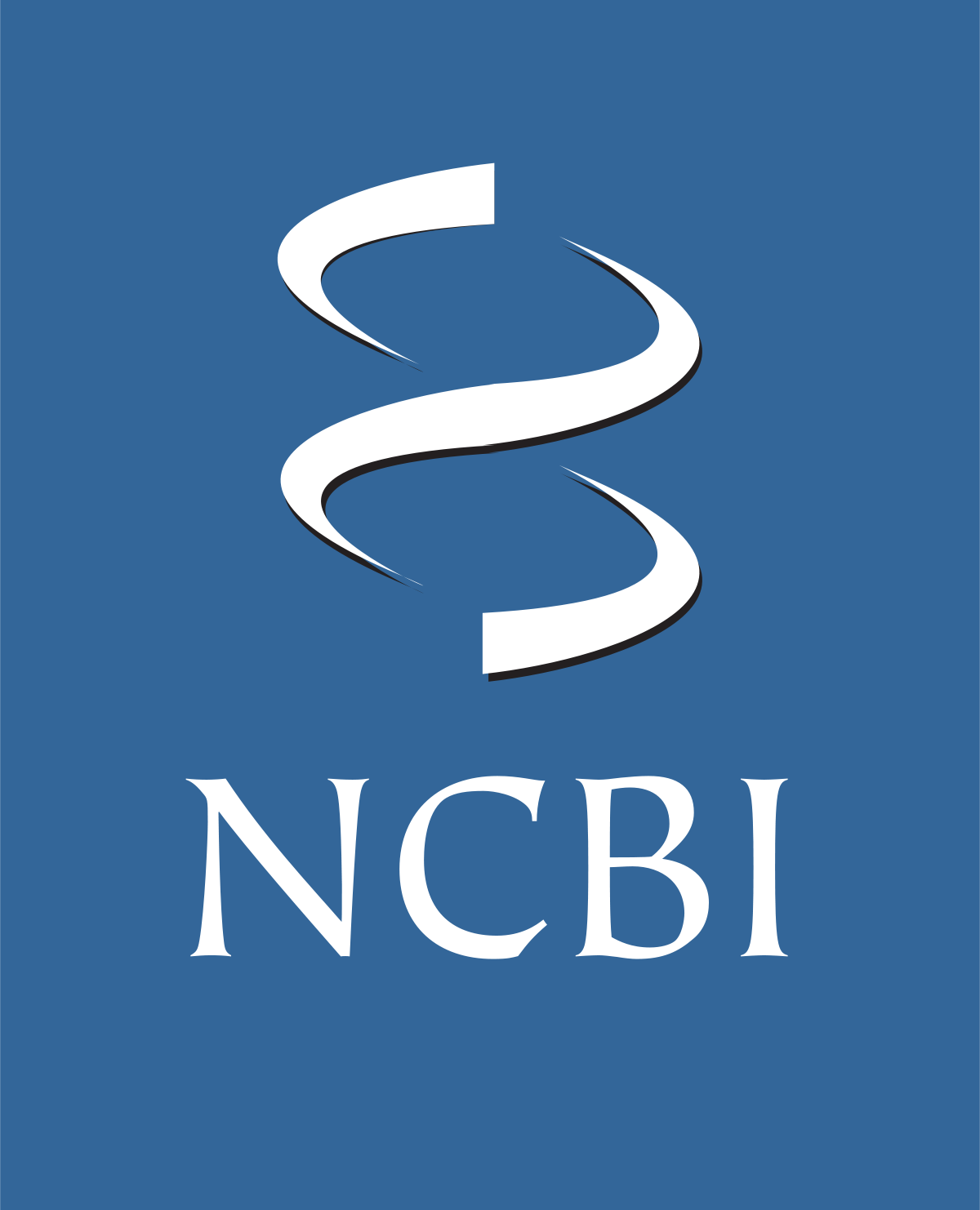Accession
MI0003138
Symbol
HGNC:
MIR497
Description
Homo sapiens
hsa-mir-497 precursor miRNA
Gene family
MIPF0000231;
mir-497
Summary
Caution, this is an AI generated summary based on literature. This may have errors. ?
MIR497 is a microRNA that has been shown to regulate neuronal death following ischemia [PMC4998122]. However, a recent study has identified a new association between MIR497 and seizure-induced damage, making it the first to do so [PMC4998122]. Additionally, studies have demonstrated that MIR497 can sensitize lung cancer cells to cisplatin resistance treatment in an AKT2-dependent manner [PMC8787930]. Furthermore, it has been suggested that LINC00152 acts as a sponge and negatively regulates MIR497 [PMC7011539]. MicroRNAs are small non-coding RNA molecules that play crucial roles in gene regulation. MIR497 specifically has been found to be involved in neuronal death following ischemia [PMC4998122]. This indicates its potential importance in understanding and potentially treating ischemic brain injury. However, the present study is the first to establish an association between MIR497 and seizure-induced damage, expanding our understanding of its role in neurological disorders [PMC4998122]. In addition to its role in neuronal death and seizure-induced damage, MIR497 has also been implicated in lung cancer. It has been shown that MIR497 can sensitize lung cancer cells to cisplatin resistance treatment through an AKT2-dependent mechanism. This finding suggests the potential of targeting MIR497 as a therapeutic strategy for overcoming cisplatin resistance in lung cancer patients [PMC8787930]. Furthermore, LINC00152 has been identified as a negative regulator of MIR497. It acts as a sponge for this microRNA, potentially reducing its availability for gene regulation. This finding highlights the complexity of microRNA regulation and suggests LINC00152 as a potential therapeutic target for modulating the activity of MIR497 [PMC7011539].
Literature search

117 open access papers mention hsa-mir-497
(1034 sentences)
(1034 sentences)
Sequence
37583
reads,
380
reads per million, 124 experiments
ccaccccgguccugcucccgcccCAGCAGCACACUGUGGUUUGUacggcacuguggccacgucCAAACCACACUGUGGUGUUAGAgcgagggugggggaggcaccgccgagg
...((.(((((((.((((((((((((((.((((.(((((((((.(((((......)))..)).))))))))).)))).)))).....).))))))))))))....)))).))
...((.(((((((.((((((((((((((.((((.(((((((((.(((((......)))..)).))))))))).)))).)))).....).))))))))))))....)))).))
Structure
cca c ---- g - ----- G C U -- ac cc cggu ccu cucccgccc C AGCA CACA UGUGGUUUG ac ggc u || |||| ||| ||||||||| | |||| |||| ||||||||| || ||| gg gccg gga ggggguggg g UUGU GUGU ACACCAAAC ug ccg g --- a ccac - a cgAGA G C c ca gu
Annotation confidence
Not enough data
Do you think this miRNA is real?
Genome context
chr17: 7017911-7018022 [-]
Clustered miRNAs
1 other miRNA is < 10 kb from hsa-mir-497
| Name | Accession | Chromosome | Start | End | Strand | Confidence |
|---|
Disease association
hsa-mir-497 is associated with one or more human diseases in the Human microRNA Disease Database
| Disease | Description | Category | PubMed ID |
|---|
Mature hsa-miR-497-5p
| Accession | MIMAT0002820 |
| Description | Homo sapiens hsa-miR-497-5p mature miRNA |
| Sequence | 24 - CAGCAGCACACUGUGGUUUGU - 44 |
| Evidence |
experimental
array-cloned [1], cloned [2] |
| Database links |



|
| Predicted targets |



|
Mature hsa-miR-497-3p
| Accession | MIMAT0004768 |
| Description | Homo sapiens hsa-miR-497-3p mature miRNA |
| Sequence | 64 - CAAACCACACUGUGGUGUUAGA - 85 |
| Evidence |
experimental
cloned [2] |
| Database links |



|
| Predicted targets |



|
References
|



